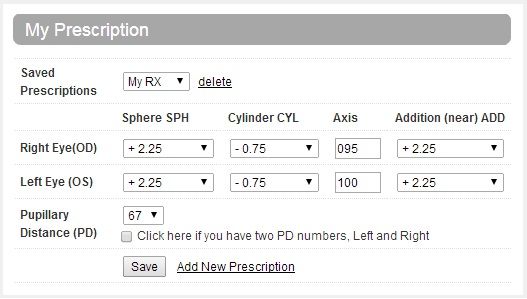Hey Damage INC. No, I am not an optometrist or a ophthalmologist. However, I am schooling/training on becoming an orthopedic surgeon in the near future.
In regards to diabetic eye exam, there are several diseases associated with diabetes. In fact, people with daibetes has a higher risk of going blind if left untreated. A few of these more notable diseases are glaucoma, retinopathy and cataracts. Let me briefly explain what they are.
1. Glaucoma is caused by an increase in pressure in one of the eye chambers (more specifically the anterior chamber where aqueous humor drainage is slowed or significantly decreased). The build up in pressure increases the forces that are impinging on the retinas and the optic nerves (both located against the back wall of the eyes). If the pressure on the retina and the optic nerve is not addressed, cellular death can occur. The retina contain the Rods and Cons (Rods detect black and white vision and Cons detects color vision) and converts the light signal (or aka: photon molecules) into nerve impulses. The Optic Nerve carries these same nerve impulses into the brain. Once in the brain, these nerve impulses are converted into an image.
2. Diabetic Retinopathy can commonly be divided into three categories. First Category is Non-Proliferative Retinopathy, which is the pouching of the capillaries in the retina. The pouching eventually causes the blood flow to be blocked and this can lead to retinal tissue death and blindness if untreated. Second Category is Proliferative Retinopathy, which occurs when the capillaries are severely blocked and new capillaries are formed. However, the new capillaries are weak and leaks blood into the eye. If severe enough, the coagulated blood will block light from entering the eye and patients lose their visions. So in basic terms, proliferative retinopathy involves bleeding out and non-proliferative retinopathy do not. Third Category is Macular Edema, which is swelling in the areas of the eye where light focusing occurs. The swelling in Macular Edema is caused by leaky blood vessels as well. It is important to seek medical treatment if Diabetic Retinopathy is suspected since no treatment can almost certainly lead to permanent blindness.
3. Cataracts are clouding of the lens in the eyes. Light travels into the eye and hits the retina by first passing through the lens. Clouding of the lens reduces this and causes decrease in vision. It is important to understand that cataracts can develop independently of diabetes and is commonly associated with aging. However, diabetic patients have a 60% higher chance of developing cataracts when compared to health patients and it also occurs at an earlier age for diabetic patients.
In regards to your doctors visit: When your doctor dilates your eyes, he/she is examining your retina and the optic nerves. In addition, If your doctor said you have perfect vision and excellent eyesight, but your left eye is blurry, you may have astigmatism. Did your doctor check for that as well?
When your doctor dilates your eyes, what your doctor did was dilating your pupils. Your pupils controls how much light enters your eye and hits the retina. Your pupils functions like the aperture setting of a camera. When the pupil is dilated, too much light enters your eye in an unrestricted fashion and your retina cells becomes overly saturated with photons. This is why you can't see anything and if you force yourself to see under such intense brightness, your eyes will become watery. In addition, your eyes can't focus as well and that is why everything appears blurry.
Normally, your doctors should have given you sun glasses or something to filter out the excess light and recommend to you to not drive or walk about under the sun until your eye functions have normalized. Too much sun light entering your eyes can burn your retina and lead to blindness as well. Be careful next time.
I hope the information helps and you have a better understanding of whats going on when you visits your eye doctor the next time around.



 .
.